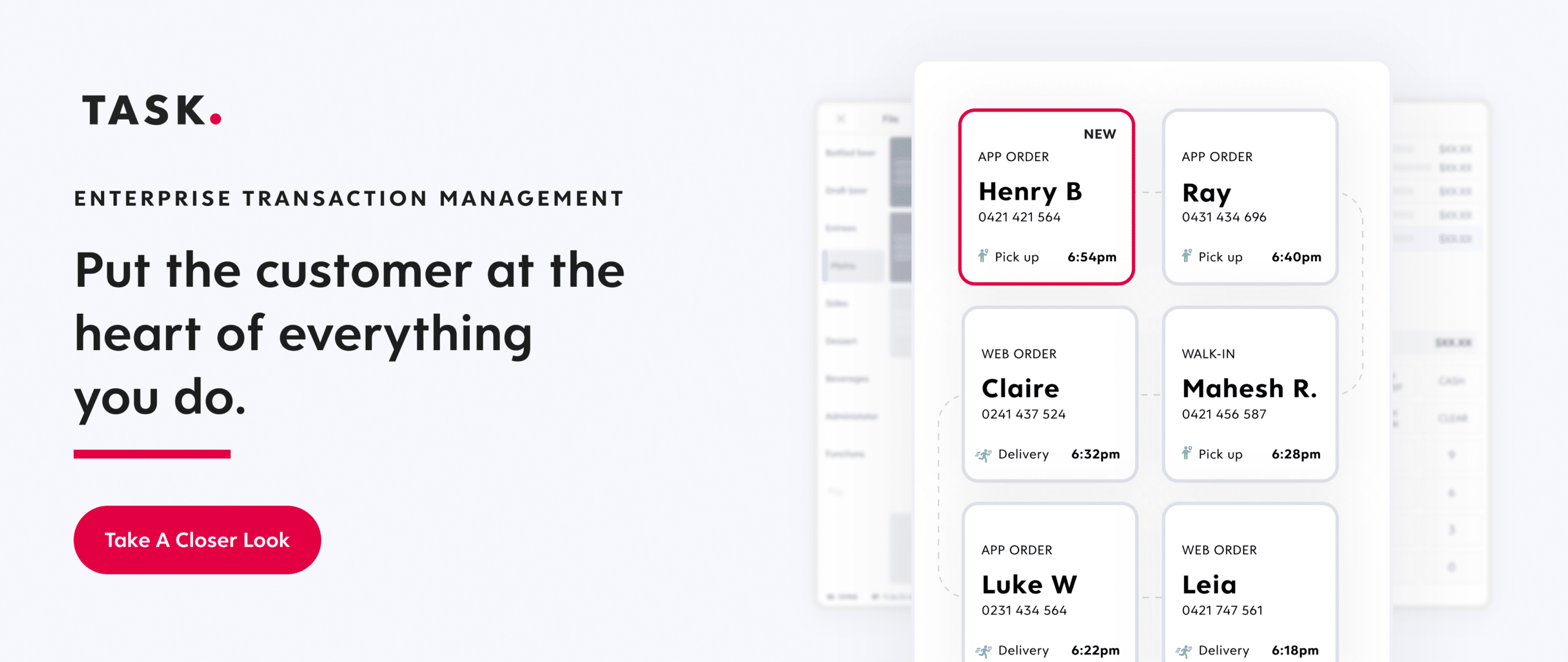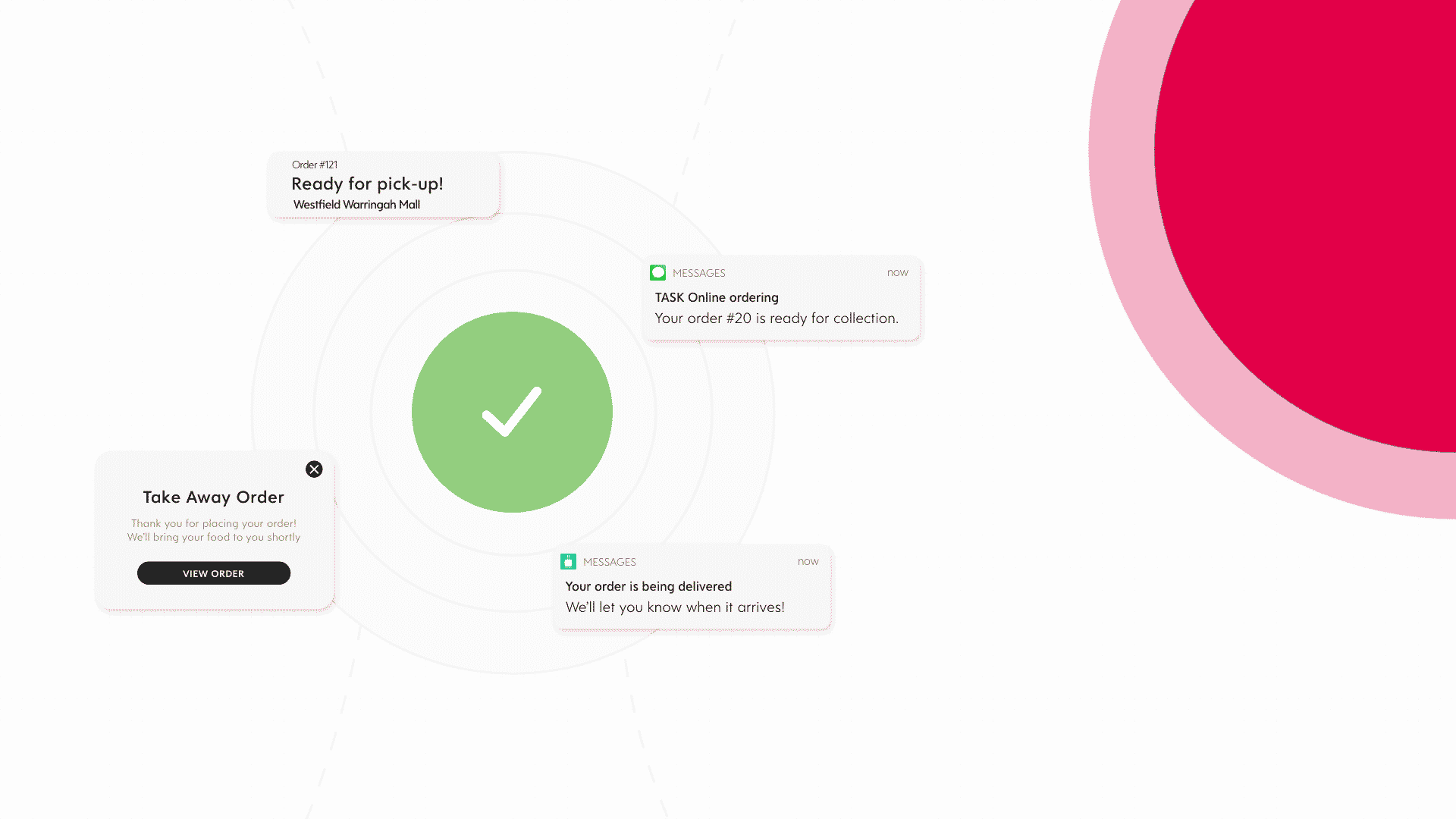Mobile commerce has been growing for years — half of global consumers shopped via smartphone in 2019 — but the COVID-19 pandemic made mobile payment an urgent priority for restaurant and retail merchants around the world.
Brands that were already positioned to launch mobile commerce thrived in the last two years, while digital commerce providers worked overtime to bring the rest of the industry up to speed.
It’s safe to say that the pandemic has forever changed the way people think about buying, paying for, and receiving goods, but what comes next?
Plexure convened a panel of industry experts to understand what the future may hold for mobile commerce:
- Vanessa Sorenson, Managing Director at Microsoft
- Zack Oates, Founder & CEO at Ovation
- John Dittig, Senior Leader B2B Business Development at Samsung Electronics America
- Cathy Song Novelli, VP of Marketing & Communications at Rakuten Ready (at the time of recording)
- Marcy Larson, Senior Industry Retail Lead at Microsoft (at the time of recording)
Key takeaways from their conversation:
- Mobile commerce enables brands to provide excellent customer experiences, which are further supported by advances in mobile technology like 5G.
- Far from being impersonal, contactless transactions offer a huge opportunity for personalization that bridges the gap between physical and digital commerce — and increases the need for treating customer data with care.
- Don’t sit still — there are endless opportunities to enter the rapidly changing world of mobile commerce, no matter where your brand is starting from.
Apply efficiencies to improve the customer experience
The pandemic brought on a significant reshuffling of priorities in the retail and hospitality industries, according to Cathy. Where merchants were once focused on the discovery aspect of customer interactions, their attention rapidly shifted to the mechanics of the transaction process.
“What COVID did was reshuffle the deck and make people rethink — How easy is the shopping experience? How seamless is that connection from online to offline?” Cathy said. “That’s where mobile really shined.”
When you’re able to move more customers onto a mobile platform, it opens up capabilities to build orders and fulfillment around the customer’s needs — such as having a meal hot and ready to hand off at the precise moment the customer arrives.
These excellent customer experiences — which include everything from seamless mobile ordering to frictionless pickup — are the key to growing repeat customers and brand loyalty. And while this technology was seen as a luxury before the pandemic, it’s now solidly in the category of business priority.
From a mobility standpoint, the introduction of 5G into many U.S. markets is also making a big impact on those customer experiences.
“5G is really changing the game when it comes to speed in terms of retail and QSR,” said John, who reported QSRs, convenience stores, and tier-1 retailers as the verticals adopting these technologies fastest in early 2021.
Beyond mobility, Samsung’s real-time displays have contributed to the increase in speed and efficiency that consumers expect at curbside pickup.
“With the technologies that we came out with — the mobile side, the display side — we were fortunate to have that solution to put the pieces of the puzzle together so we can sell the entire solution to the customer,” he said.
Make Data-Driven Decisions with a Transaction Management Platform
A digital transaction management platform streamlines business operations for hospitality businesses, saving money and time.
Use technology to bridge the physical and digital worlds
“Unprecedented” may well have been the buzzword of 2020, and it certainly applies to the pace of change in digital commerce over the past couple of years.
“From a Microsoft perspective, we’re defining mobile commerce more broadly — it’s ‘anywhere commerce,’ bridging the digital and physical world,” Vanessa said.
She pointed to research from Mastercard that indicates 82% of consumers view contactless payment as the cleaner, faster way to pay, whether they’re inside stores or not.
“In the face of this rapid change, every retail business must excel in a number of core areas to keep pace,” she said. “Foundational from our perspective to each of these new requirements is the ability to leverage data-rich intelligence and ensure that these insights are distributed across all levels of the organization.”
Zack’s company, Ovation, is working to capture actionable insights in the hospitality industry by collecting guest feedback and making it easy for the merchant to respond.
Mobile has changed the game for both consumers and merchants, he said. The resurgence of QR codes allows merchants to direct guests right to the feedback portal without having to download, login, or create an account. And with a mobile app, the merchant can send a personalized text message to the guest with three clicks of a button.
“In the feedback space, it’s all about making it easy for the consumer, making it simple for the merchant, and actually bridging that gap between the digital and the physical,” Zack said. “Because humans are craving that human engagement, and you can’t take the person out of the hospitality. You use technology to enable that.”
Customer information is a precious resource — gather and protect it well
It takes three elements to start creating great customer experiences on mobile, said Zach. The foundation of a world-class mobile customer experience requires:
- The customer’s name (to make it personal)
- The customer’s contact information (to text or email them)
- The customer’s permission (explain why you want it)
“It doesn’t take a lot of effort for the consumer to give those things,” he said. “You just need to give them the reason and make it easy.”
Indeed, the shift to mobile commerce has been a huge data-gathering event for brands and providers.
Marcy noticed a huge opportunity in the supermarket space early in the pandemic.
“We saw a number of restaurant-booking companies then become appointment-booking companies to shop in a supermarket, or we saw last-mile providers offering their app to order groceries,” she said. “That is a massive loss of data for the [supermarket] brand, and these other service providers are getting years’ worth of data in a matter of days.”
The data that has been gathered over the past couple of years — paired with the contextual experience of mobile commerce — enables new levels of personalization. But with that opportunity comes security risks. It’s more important than ever for brands to protect customers’ information and ensure the mobile commerce environment is private and secure.
Engage Your Guest Using Omnichannel Integration and Personalization
Restaurant guests expect a personalized digital experience. Innovating brands must connect with guests to introduce changes that drive both sales and profit.
It’s not too late to get started with mobile commerce
No matter where your brand is on its mobile commerce journey, it’s not too late to take the next step. And while your company may not be positioned to invest heavily into new technology providers and dozens of real-time displays, there are plenty of actions that can help create a strong foundation for mobile commerce.
Zack said what he’s learned from interviewing 100+ restaurant experts on the Ovation podcast is to just start doing something. What is the smallest thing you can ask your customers to do, and what’s the easiest way to implement that? If you start there, you can figure out how to ladder up to the next level each time.
As you make changes, consider the impact on your employees, Marcy said.
“This is a massive change for the employee in hospitality or in a convenience store. In some ways, they are now becoming app assistants,” she said, adding that employees will likely need more training as they move into more of a host or concierge role.
And whether the steps your company takes are big or small, don’t forget the crucial final item on the checklist — tell your customers.
“We’ve got one [platform] that brands can stand up our take-out technology in one day. It’s available to implement easily and they might implement it, and then they don’t tell their customers,” Cathy said, which leaves customers to default to aggregator services like DoorDash and GrubHub.
Train employees to invite every customer to download your new app — in addition to putting fliers in to-go bags and other marketing efforts — to ensure the move to mobile is successful for your brand.
“Every customer wants to help the local restaurateur, but they’re not always told how to,” she said.
Key Takeaways
A successful mobile commerce strategy:
- Creates seamless experiences for purchase, payment, and pick-up.
- Maintains a personal connection between the brand and the customer, even in contactless transactions.
- Accounts for changes to the employee experience, as well as the consumer experience.
- Protects consumer data and uses it only with permission.
- Invites customers to participate in bridging the physical and digital world through engagement and feedback.
Mobile commerce is here to stay, and the opportunities are endless when it comes to creating excellent customer experiences from start to finish. In fact, there’s never been a better time to try something new.

